You might not have heard of Fanatics yet—but it’s taking over sports apparel one league at a time
The Cleveland Browns have long been the butt of the joke in American football.
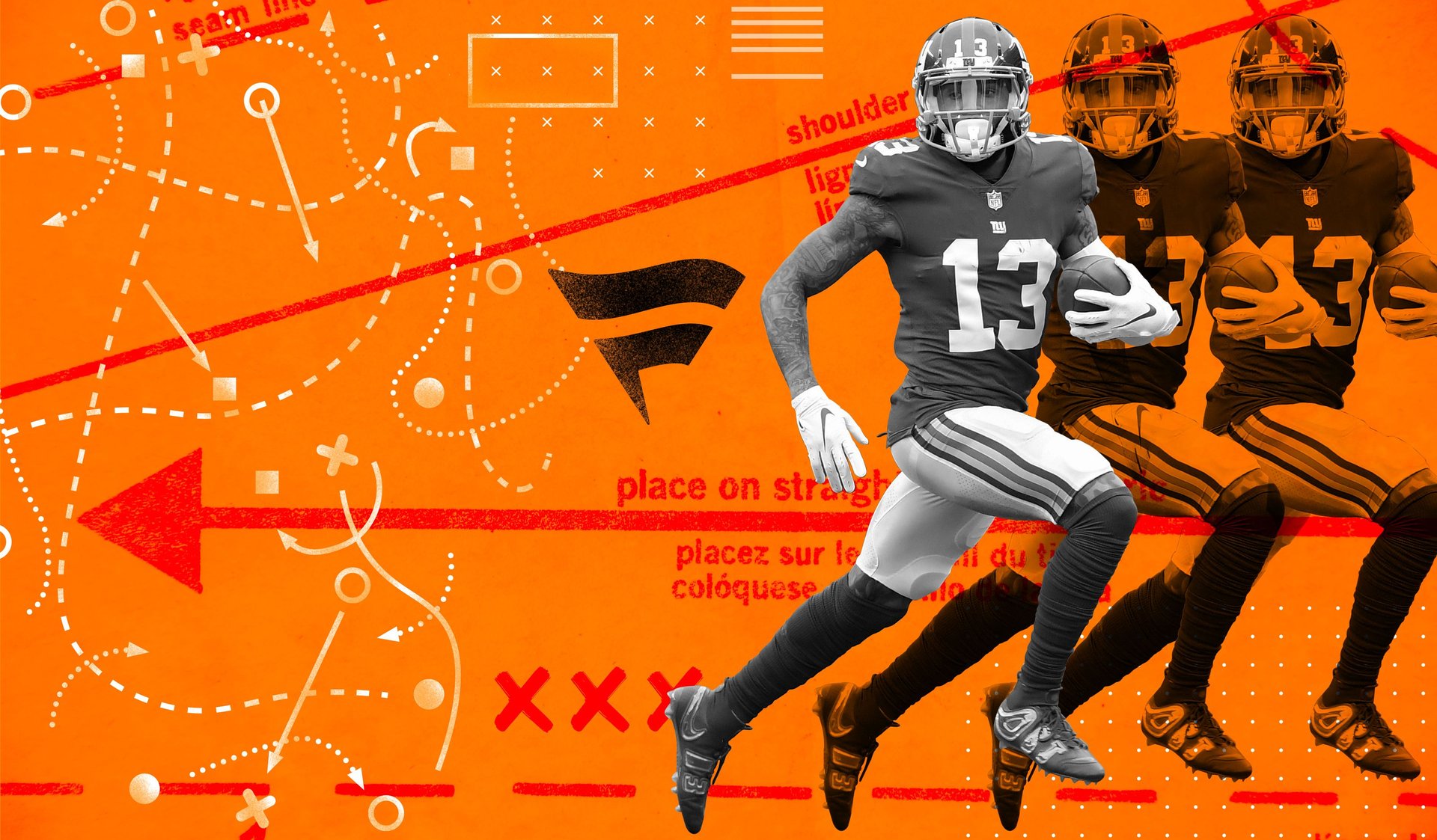

The Cleveland Browns have long been the butt of the joke in American football.
The team has gone 16 consecutive seasons without making the playoffs, but midway through 2018, something changed. The Browns’ quarterback suffered an injury, leaving backup Baker Mayfield to step in. Mayfield led the team to their first victory in over a year, and almost their first winning season in a decade.
Last month, Cleveland fans’ excitement was revived again when Odell Beckham Jr., a brash-but-excellent wide receiver for the New York Giants, was traded to the Browns in exchange for a few draft picks and a backup defensive safety. The trade was a shock: During February’s NFL Combine, where prospects show off their skills before the draft in April, Giants general manager Dave Gettleman had said the team “didn’t sign Odell to trade him.”
At the sports merchandise company Fanatics, Odell’s trade marked a different kind of excitement. For months, the company had been seeing Mayfield jerseys sell like crazy; when Beckham was added to the Browns’ roster, Fanatics was ready. Within seconds of the announcement, its website was selling an official brown-and-orange Cleveland jersey with Beckham’s name on the back. According to Fanatics, the Browns are now the second-most popular team on its site after last year’s Super Bowl winners, the New England Patriots. Not bad for a team that in 2017 became only the second in NFL history to not win a single game.
🏈🏈🏈
In the mid-1990s, you probably would not have noticed Fanatics, even if you lived near one of its handful of Florida mall locations. The stores, called Football Fanatics at the time, looked like any other sports memorabilia outfit. But if you’ve purchased any fan apparel online or at a major US sporting event in the past few years, chances are you’ve spent money with the modern Fanatics. Through a combination of technology, partnerships, and manufacturing, the company has muscled its way into the extremely competitive and unpredictable sports-apparel market. Fanatics is now valued at $4.5 billion, and took on a $1 billion investment from Japanese tech giant SoftBank and others in 2017. Most important, it may have found a way to guard its business against the ever-present threat of Amazon.
But back in the late 1990s, Football Fanatics founders Alan and Mitch Trager, brothers, were just looking for a way to expand beyond Florida. They wondered whether burgeoning internet might be the answer, and in the 2000s built a small e-commerce business by partnering with colleges around the web to sell memorabilia online. But it took being acquired by another internet giant for Fanatics to truly take off.
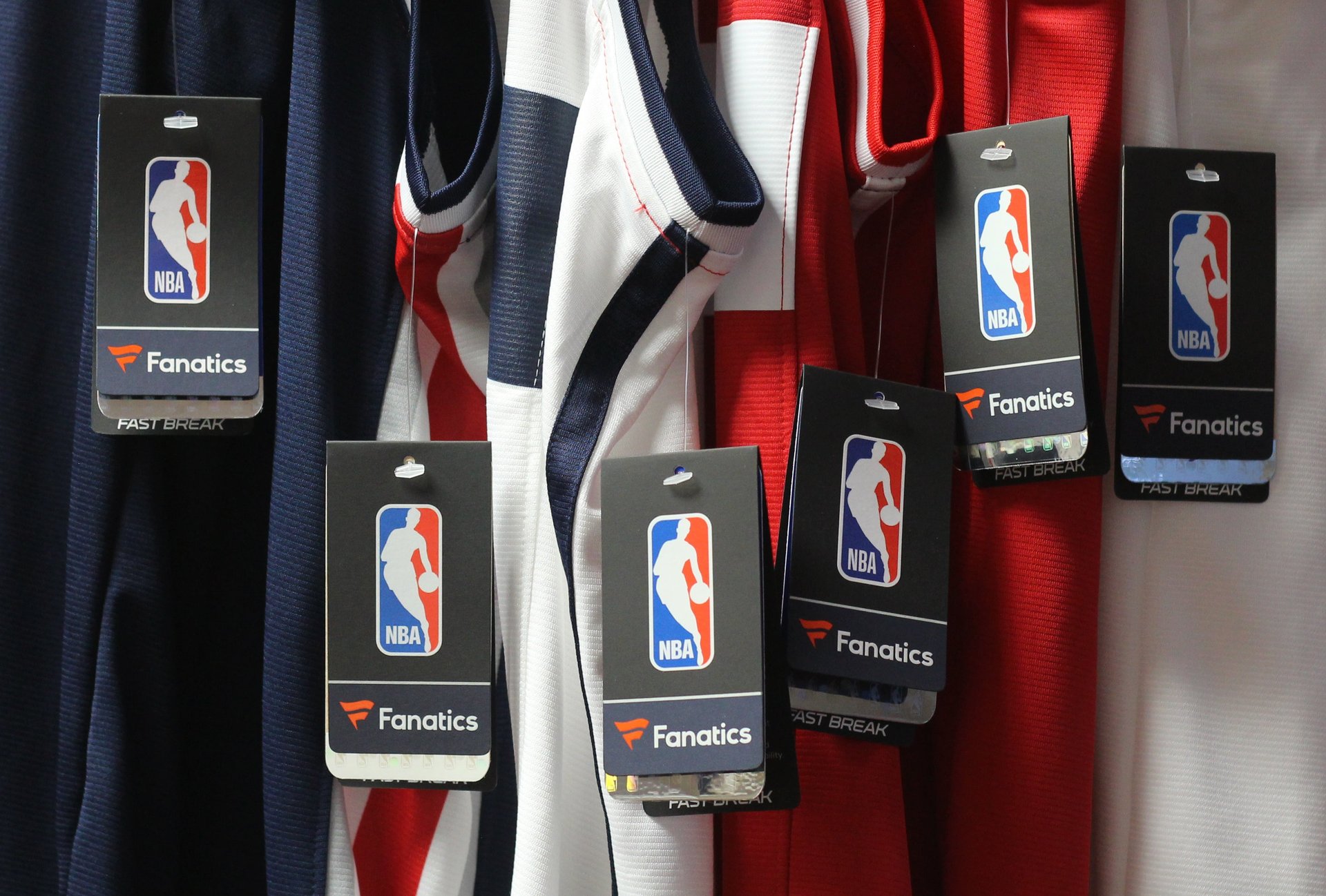
In early 2011, Fanatics was bought by GSI Commerce, a sports-merchandising business that ran the online stores for many professional leagues in the US, starting with NASCAR in 2002. At the time, Amazon was just finding its footing as an online purveyor of mainly books, CDs, and DVDs.
GSI’s former chairman and founder, Philadelphia 76ers co-owner Michael Rubin, bought Fanatics outright (he sold GSI to eBay in 2011, a few months after buying Fanatics) at the end of 2011, seeing the value in its e-commerce model, and today is Fanatics’ chairman. Rubin bundled Fanatics up with other e-commerce ventures, including Gilt Groupe and Shoprunner, into a parent company called Kynetic. Through Rubin’s guidance and his ties to leagues through existing GSI Commerce deals, Fanatics has grown massively, scoring deals to serve as the official online store for dozens of teams, and leagues that include the MLB, NHL, NBA, as well as NASCAR. Other than small notifications on most of the leagues’ websites, there’s little indication that they are run by Fanatics.
Fanatics has also been scooping up the parts needed to build its empire. In 2012, it acquired one of its main rivals, Fansedge; in 2017, it bought Majestic, a sports clothing brand with long ties to the MLB; and late last year Fanatics took a minority stake in hat-retailer Lids. It has also partnered with JCPenney to incorporate its products into hundreds of JCP locations, and recently became the sole provider of licensed sports gear online for Walmart, the US’s largest retailer. Fanatics told Quartz it expects to generate around $2.6 billion in revenue this year, driven by a combination of online and physical-store sales.
🏈🏈🏈
When Matt Madrigal, Fanatics’ chief technical officer, talks about how the company approaches its technology stack, he sounds indistinguishable from a CTO in Silicon Valley. “We view ourselves as a tech platform company,” Madrigal says, adding that Fanatics is “mobile-first” and intent on “building once, leveraging everywhere.” In plain English, that means the company realizes that many potential customers, whether they’re at a game, at the bar, or watching sports at home, are likely within reach of their phones while the match is going on. The easier it is to buy merchandise from their phone, the more likely they are to complete a purchase. Over half of Fanatics’ sales are made on mobile devices and during live unpredictable situations, which the company calls “hot market events,” that can climb to 80%.
Madrigal credits Fanatics’ competitive advantage to a proprietary sales system known as “Cloud Commerce.” It tracks every click, search, and purchase on every site run by Fanatics, and tracks emails, ads, and sales from physical stores. Cloud Commerce monitors social media and the news for information on players—injuries, trades, and the like—all of which helps inform the company’s retail decisions. The system automatically surfaces and re-ranks products, and flags unusual events, whether it’s Beckham being traded to the Browns or a spike in searches for a minor or unknown player. Fanatics team members use Photoshop to quickly create jersey mock-ups for the site, and the system promotes them to relevant customers and those who have shown interest in the team before.
Cloud Commerce can also accommodate massive spikes in traffic. While there are some days when a sports retail company might expect high volume, like Black Friday or the NBA finals, other spikes appear out of nowhere, like Beckham’s trade. Madrigal says that by relying on a combination of open-source software and human analysis, Fanatics can see a spike as it happens, and its cloud-services provider will be ready to spin up more servers as needed.
🏈🏈🏈
There is perhaps no better example of the unpredictability of sports fandom than the NFL Draft. Over four days—this year, April 25 through 27—hundreds of young athletes will be drafted into new teams, and all of them will wear those teams’ hats as they walk across the stage. Many of the fans in the audience and at home will want to get their team’s new-player jerseys as soon as possible.
Fanatics’ infrastructure, coupled with its mobile presence, give the company a huge advantage. Typically, retailers have to choose which jerseys to stock for each team before the sport’s season starts. In the case of rookies, they’ll only ask for jerseys of the most well-known players from the draft—this year that likely includes names like Kyler Murray and Nick Bosa—after they become early picks. But what about a team’s 43rd pick? Or the 199th pick overall? And what happens when picks don’t go as planned—what if, for some reason, the Arizona Cardinals decide to trade their first pick to another team? Historically, manufacturers simply steered clear of producing much until the rosters were more settled.
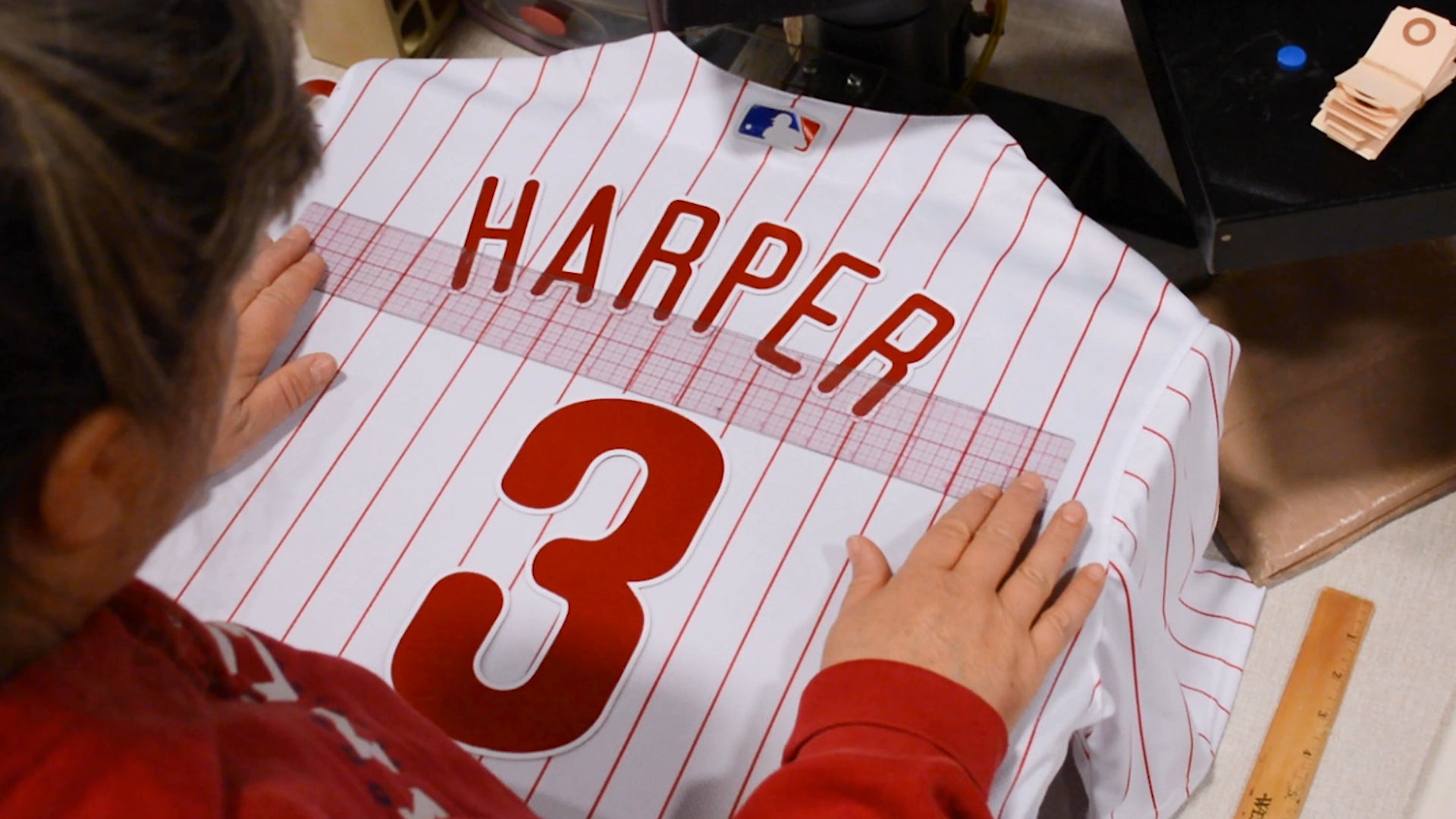
Fanatics changed that. Like any apparel company, it always has Tom Brady and Von Miller jerseys ready to go. But in just about any situation that might see a random player do something noteworthy, Fanatics can analyze signals—on social media, in the news, and via searches on its own sites—and mock up that player’s jersey on the spot. When an order comes in for an unusual athlete, it can rapidly print any team and player onto one of the blank jerseys kept at its warehouses across the country, and then overnight it to the customer.
That nimbleness has already come in handy. When 23-year-old linebacker Leighton Vander Esch was drafted to the Dallas Cowboys last season, it was mainly as a backup for the starting players. But after an injury to one of the starters, Vander Esch was given a chance; following only his fourth professional appearance, he was named the NFL’s defensive player of the week. “You traditionally wouldn’t be making jerseys for the backup linebacker for most teams,” Madrigal says. Indeed, a retail chain like Modell’s or Dick’s would have had nothing to offer customers asking for a Vander Esch jersey. But during a game against the Philadelphia Eagles, Vander Esch recorded 13 tackles and an interception, and Fanatics saw a spike in interest. They quickly ensured his jersey was ready for any customer who wanted to buy it.
For this year’s NFL Draft, Fanatics expects to be selling new products for players seconds after each pick comes in.
🏈🏈🏈
Being a tech platform company may place Fanatics in the ranks of many a modern startup. But what separates the company from other e-commerce competitors—except perhaps the biggest one—is how it has looked beyond licensing deals to secure its future. Anyone can win contracts for a short period of time, but not every company has the foresight to realize what happens if or when those contracts end.
“Four years ago, we largely sold other peoples’ products,” Madrigal says. At that point, the Nikes, Under Armours, and Adidases of the world tended to hold the contracts with leagues to develop and produce team merchandise based on jerseys and apparel players wore during games. Fanatics sold that merchandise through its website, plus those it ran for teams and leagues. Now, Madrigal says a “significant proportion” of the apparel that Fanatics sells is designed and manufactured by the company itself.
Fanatics has started winning contracts with leagues to produce fan gear; from fleeces to hats to replica jerseys, this is the merch that us non-athletes wear to show our allegiance to a team. Because Fanatics knows which athletes and what items people are searching for across all the properties it manages, it can produce exactly what fans are after. If people are searching for “New Jersey Devils green snapback hat,” and none exists, Fanatics could move quickly to fill that void.
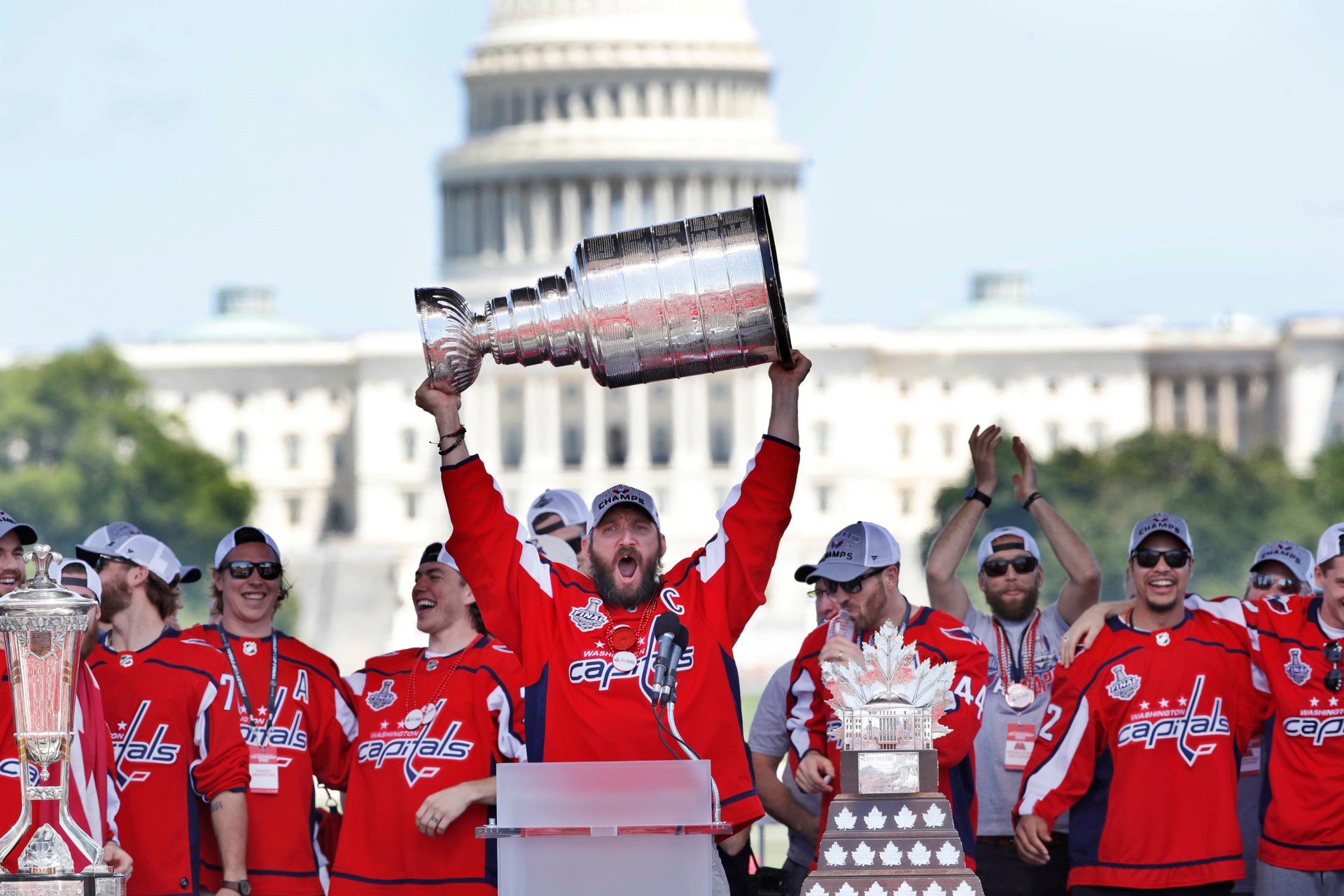
The leagues, some of which had existing partnerships with Majestic, are seeing what Fanatics can offer, and have come to trust its quality. From 2020, for example, all fan gear produced for the MLB will be made by Fanatics (Nike retains the rights to produce gear for the actual athletes). “Fanatics is a valuable partner who has proven to serve our fans with speed, agility, and quality service,” MLB commissioner Rob Manfred said when the deal was announced. When the NFL signed a similar deal in 2018, consumer products head Michelle Micone told the New York Times (paywall) that the league’s goal was “give the fan what they want when they want it, that will net in a higher sales base in a few years.”
It’s unclear what effect these deals are having on manufacturers like Nike. But while Fanatics is assuming a large portion of what those traditional players could have sold, the company is most appealing to leagues because it can produce things the other major players just aren’t set up for.
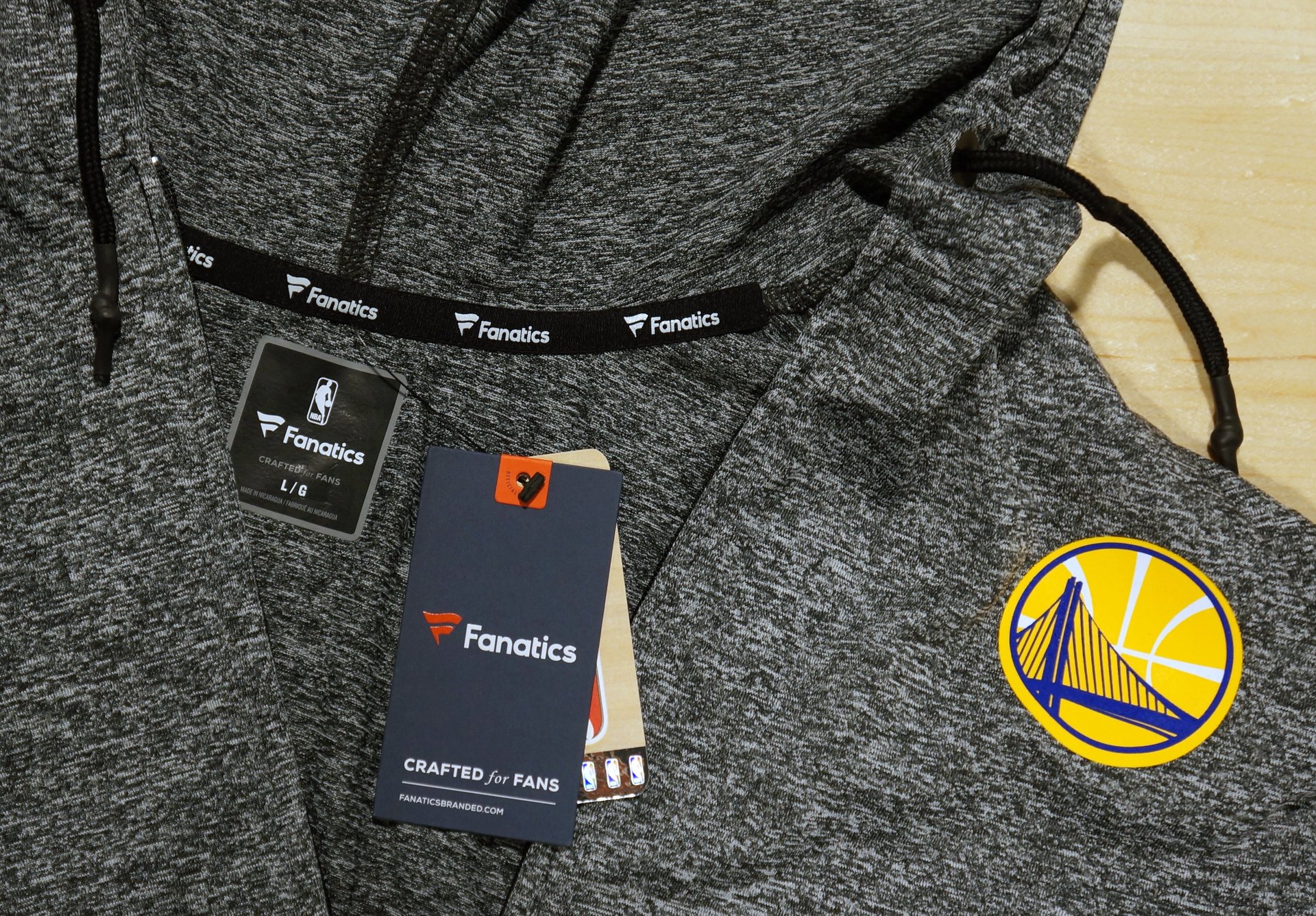
And the takeover has been swift. At last year’s NHL Stanley Cup awards ceremony, Fanatics produced the clothes the Washington Capitals wore as they lifted the cup, staffed and stocked the team store in the Capitals’ arena, stocked and ran the NHL’s official online store, and ran its own Fanatics retail sites. Just about anywhere you turned to buy Capitals gear after the title win, you would have been giving some percentage of your money to Fanatics.
🏈🏈🏈
Fanatics’ competitive advantage is all too familiar to Amazon, which has used the same tactic to encroach upon industry after industry. A company turns to Amazon to sell its products, Amazon tracks which ones are popular, and then goes to a wholesaler to make the same thing itself and sell it for less. This is the rationale behind Amazon’s burgeoning AmazonBasics line, and all of the not-so-secret household brands it owns. By consolidating licensing rights to sell sports apparel and producing that apparel itself, Fanatics has a chance to establish itself as a one-stop sports shop, while also staving off competition from the biggest one-stop shop the world has ever seen.
Well, barring one Achilles’ heel.
Fanatics hosts its software on AWS, Amazon’s cloud-computing arm. Just as Snapchat parent Snap considers Google a competitor (mainly because of YouTube) while also using Google Cloud to host Snapchat video, Fanatics is in the interesting position of patronizing a potential rival’s services. To be fair, Amazon hasn’t really blocked competitors from AWS. But it did recently “pause” purchases from many of its wholesale vendors on Amazon.com, presumably in an effort get customers to choose its own products over those from third parties. Should the retailing giant, which currently sells a ton of athletic apparel and sneakers, ever decide to vie for team licenses, Fanatics may have a challenge on its hands.
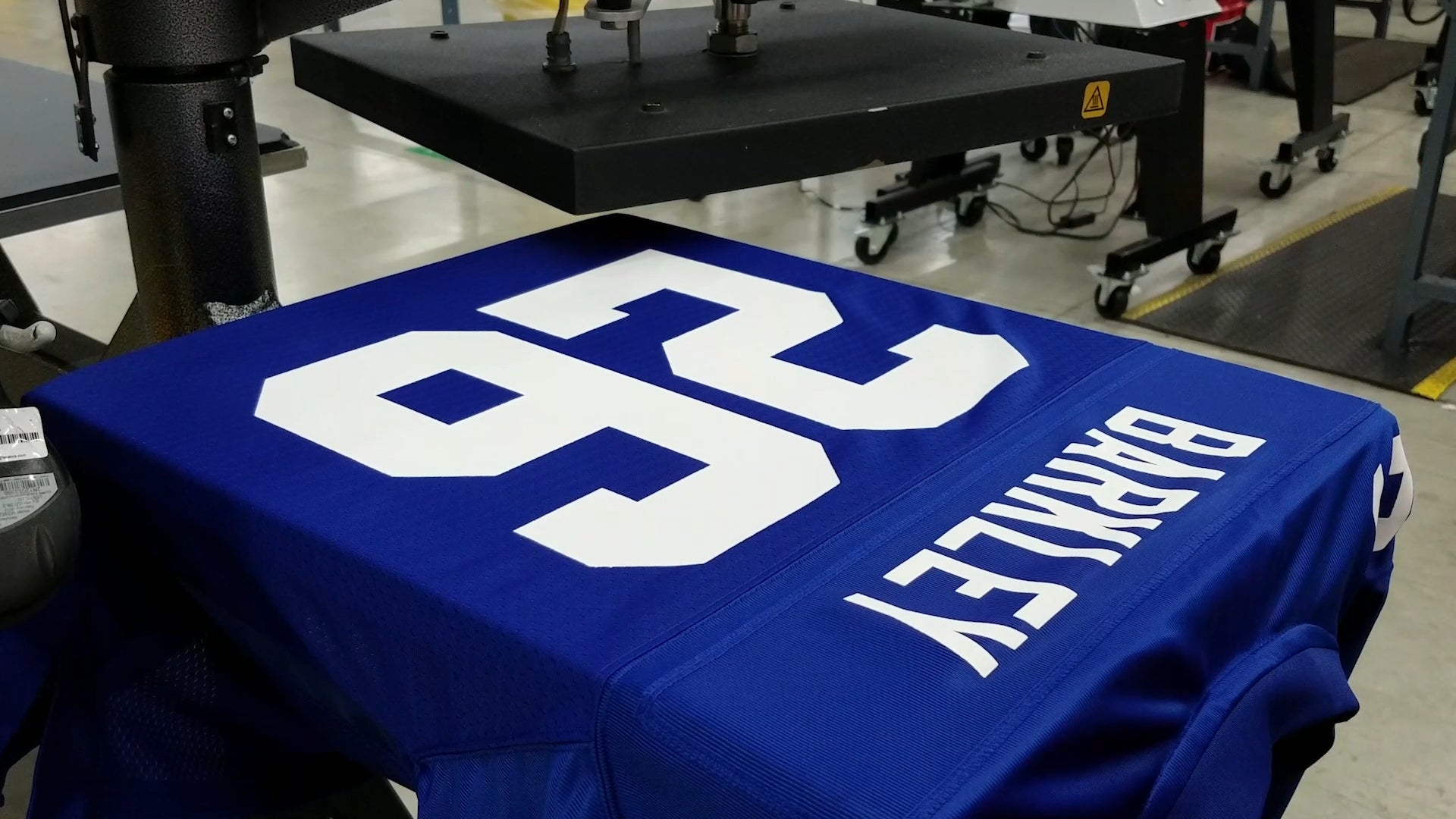
For now though, Fanatics is more concerned with expanding its existing footprint. Although its share of the sports-apparel market is growing, it still pales in comparison to, for example, Dick’s, which generated about $8.5 billion in sales in 2018 and made as much in profit as Fanatics hopes to make in revenue.
Fanatics is also interested in gaining new ground overseas, and has started working with more soccer teams in the UK and Europe, including Chelsea FC, which cut ties with the company last year, presumably thinking it could run its own retail site. The team recently returned to Fanatics.
Overseas expansion has thrown up its own challenges. What customers are after internationally isn’t always what US customers are looking for. “What the fans want is a little nuanced and different,” Madrigal says, adding that Fanatics looks at its trove of information to figure out what to promote where. “We really let the data speak to us.”
In Birmingham, England, Fanatics even signed a deal with the second-tier soccer club Aston Villa to work with a local designer on creating the players’ jerseys and apparel. The partnership sprung up after Fanatics had been managing Villa’s team store, and points to the future the company seems to be aiming for: being so indispensable to the teams and fans it services that they couldn’t possibly think about going anywhere else.
Correction: An earlier version of this story said that Michael Rubin bought Fanatics in 2013, not 2011.